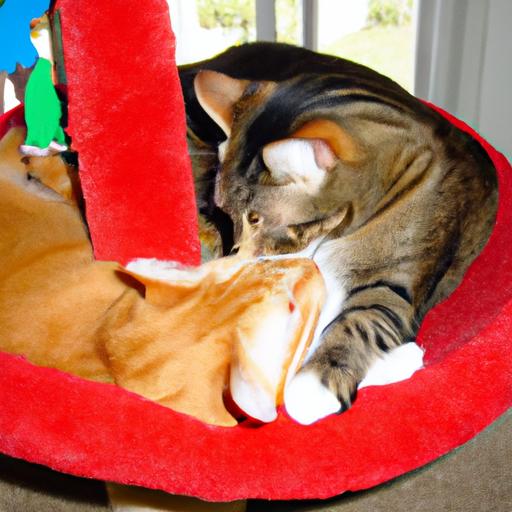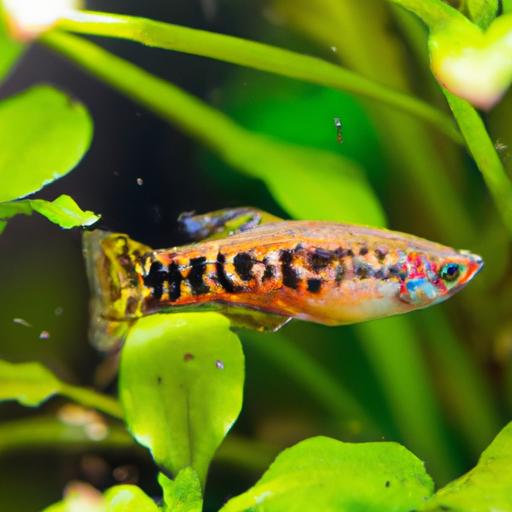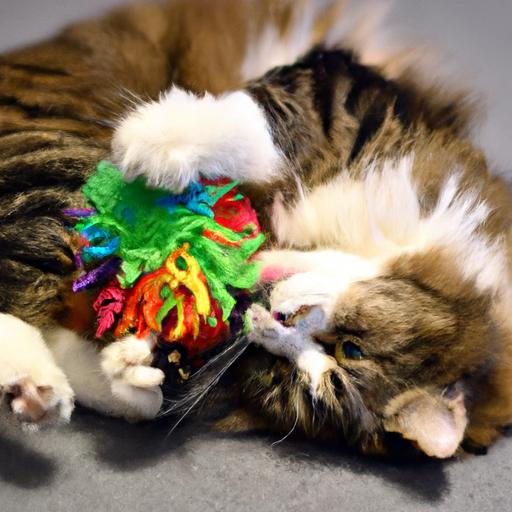
- Home
- Behavior and Training
- Managing Destructive Scratching Behavior: A Guide to Protecting Your Furniture and Strengthening the Bond with Your Cat
Managing Destructive Scratching Behavior: A Guide to Protecting Your Furniture and Strengthening the Bond with Your Cat
Discover effective strategies for managing destructive scratching behavior in cats. Protect your furniture and strengthen your bond with your feline companion.
Introduction
Are you tired of finding your furniture shredded by your beloved feline friend? Managing destructive scratching behavior in cats is crucial for preserving your household items and maintaining a harmonious living environment. In this comprehensive guide, we will delve into the reasons behind this behavior, explore effective strategies to redirect it, and address some commonly asked questions. By understanding the root causes and implementing the right techniques, you can foster a scratch-free home while nurturing a stronger bond with your furry companion.
Tips for Managing Destructive Scratching Behavior
Providing Suitable Scratching Surfaces and Alternatives
When it comes to scratching, cats have specific preferences. By offering suitable scratching surfaces and alternatives, you can redirect their behavior to more appropriate areas.
-
Choosing Appropriate Scratching Posts or Boards: Select scratching surfaces that cater to your cat’s needs. Consider their size, texture, and stability. Experiment with different materials like sisal, cardboard, or carpet to find the one that your cat prefers.
-
Placing Scratching Surfaces Strategically: Position scratching posts near areas where your cat spends most of their time. Place them near windows, sleeping spots, or furniture they frequently target. This encourages them to scratch in designated areas rather than on your valued possessions.
Using Positive Reinforcement and Redirection Techniques
Positive reinforcement is an effective way to encourage desired behavior and redirect destructive scratching habits.
-
Rewarding Desired Behavior: Whenever your cat uses the scratching post or alternative surfaces, praise them and offer treats or a favorite toy. Positive reinforcement strengthens the association between the appropriate scratching areas and positive experiences.
-
Redirecting Attention: If you catch your cat scratching an inappropriate surface, calmly redirect their attention to a nearby scratching post or board. Gently guide their paws and demonstrate how to use it. This helps them understand the appropriate outlets for their scratching instincts.
Implementing Deterrents and Protective Measures
In some cases, you may need to deter your cat from certain areas or protect your furniture until they learn appropriate scratching behavior.
-
Using Deterrent Sprays or Tapes: There are commercially available sprays and tapes with scents that cats find unpleasant. Apply these deterrents on objects or surfaces you want to protect. The unpleasant smell discourages cats from scratching in those areas.
-
Covering Furniture or Using Protective Covers: Temporarily cover furniture with blankets, plastic sheets, or protective covers to prevent access. This helps safeguard your belongings while you work on redirecting your cat’s scratching behavior.
Seeking Professional Help or Advice if Needed
If your cat’s destructive scratching behavior persists despite your best efforts, it might be beneficial to seek professional help.
-
Consulting a Veterinarian or Animal Behaviorist: Reach out to a veterinarian or animal behaviorist who specializes in feline behavior. They can assess your cat’s unique situation, provide expert guidance, and offer tailored solutions.
-
Exploring Behavior Modification Techniques or Medications: Professionals can recommend behavior modification techniques or medications in severe cases. These options can help manage excessive scratching and promote a more peaceful coexistence with your cat.
FAQ (Frequently Asked Questions)
Can Destructive Scratching Behavior Be Completely Eliminated?
While it may be challenging to completely eliminate destructive scratching behavior, with consistent training and redirection, you can significantly reduce it. It’s important to remember that scratching is a natural instinct for cats, so providing appropriate outlets is crucial.
How Long Does It Take to Train a Cat to Stop Destructive Scratching?
The training duration varies from cat to cat. Some cats may respond quickly, while others may take longer to learn appropriate scratching behavior. Patience, consistency, and positive reinforcement are key to achieving lasting results.
Are There Any Specific Breeds That Are More Prone to Destructive Scratching?
While all cats have a natural inclination to scratch, certain breeds, such as the Siamese, Abyssinian, and Maine Coon, are known to be more prone to destructive scratching. However, it’s important to note that individual personality and upbringing also play significant roles.
Can Declawing Be a Solution to Manage Destructive Scratching Behavior?
Declawing should never be considered as a solution for managing destructive scratching behavior. It involves the surgical removal of a cat’s claws and can lead to physical and psychological complications. There are humane alternatives available that can effectively address this behavior without resorting to declawing.
Conclusion
Managing destructive scratching behavior is essential for both the well-being of your furniture and the bond you share with your cat. By providing suitable scratching surfaces, using positive reinforcement, implementing deterrents, and seeking professional help if needed, you can guide your cat towards appropriate scratching behavior. Remember, patience and consistency are key throughout the training process. With time and effort, you can create a scratch-free home while fostering a stronger and more harmonious relationship with your furry friend.























